Bolting Cilantro - Why Does Cilantro Bolt And How To Stop It
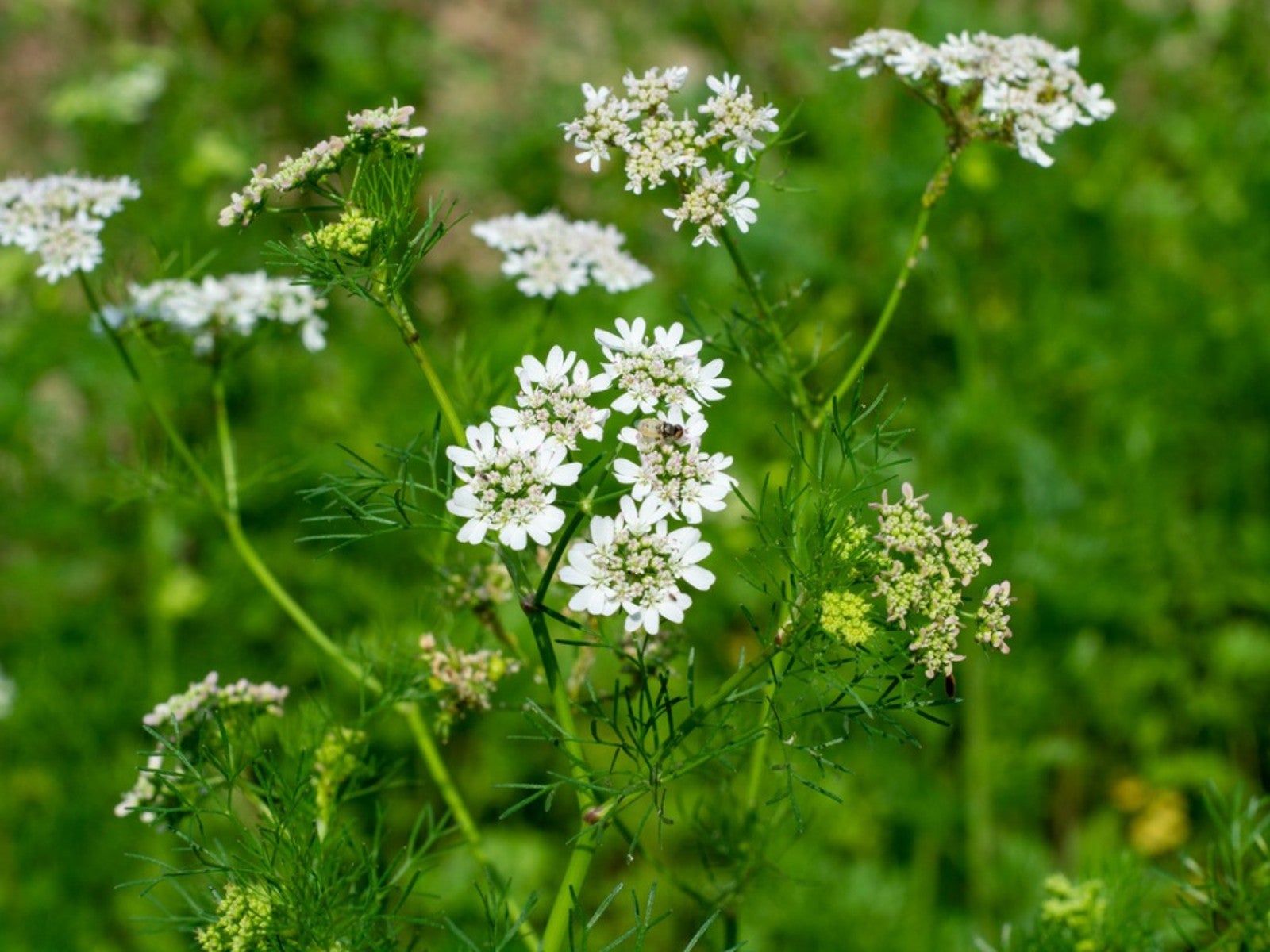

Mary Ellen Ellis
Cilantro (Coriandrum sativum) is used in a great many different dishes, particularly in Mexican and Asian cuisine. Despite the growing popularity for this herb in cooking, many gardeners choose not to grow it, primarily because it seems to bolt, or go to seed so easily.
Cilantro Growing Conditions
The most important thing to remember when growing cilantro is that it doesn’t like hot weather. Cilantro growing in soil that reaches 75 F (24 C) will bolt and go to seed. The Ideal cilantro growing conditions are cool but sunny. You should be growing cilantro where it will get early morning or late afternoon sun, but be well-shaded during the hottest part of the day.
Why Does Cilantro Bolt?
As an amazing survival mechanism, cilantro will bolt when temperatures heat up in late spring or summer, quickly producing stalks of little white flowers and seeds to ensure its own reproduction. The plant is unable to tolerate the heat, and so proceeds to do the most logical thing.
How to Keep Cilantro from Bolting
It is impossible to completely forestall bolting. It’s a fact of nature that cilantro will react to heat this way. However, there are some things you can do to delay bolting or to work around it to your advantage:
Plant cilantro in the shoulder seasons
Cilantro does best in spring and fall when the weather is cooler. Plant in early spring and again in late summer to get two harvests under the best conditions.
Harvest regularly
Remove leaves regularly from your cilantro plants. This will help to remove immature flowers before they have fully formed and slow down the bolting process a little bit.
Use mulch
It is the temperature of the soil that pushes cilantro to bolt. Keep the soil cooler and help it retain moisture by mulching around the plants.
Gardening tips, videos, info and more delivered right to your inbox!
Sign up for the Gardening Know How newsletter today and receive a free copy of our e-book "How to Grow Delicious Tomatoes".
Water regularly and find shade
Once you’re into the hot part of the summer, you can extend the life of your cilantro by keeping it as moist and cool as possible. Water daily and move pots of cilantro to shadier areas of the garden during the hottest afternoon hours.
Prune
Though you can't completely stop cilantro from bolting, you can delay it by cutting back immature flower stalks when they first appear.
Succession plant cilantro
Ultimately, gardeners must accept that each cilantro plant has a short season. To get around this and to continue to harvest throughout the growing season, practice succession planting. Plant seeds every couple of weeks. When one set of cilantro plantings is bolting, the next will be ready to harvest.
Look for slow bolt cilantro
Slow bolting cilantro varieties tolerate heat a little better, and are slower to bolt in the summer heat. Some varieties to look for include Slow Bolt, Calypso, and Leisure.
Can You Eat Flowering Cilantro?
There is nothing about cilantro flowering that makes the plant inedible or toxic, but the leaves do lose much of their flavor. The plant will also grow smaller and leaves will take on a lacy, fern-like appearance.
What to Do When Cilantro Goes to Seed
Cilantro’s delicate white flowers are a happy development for pollinators, and this is the stage when the plant begins to produce its delicious seeds. But as the plant starts to use its energy to blossom and make seeds, it shrinks and the flavor in the leaves begin to fade. Cilantro leaves at this stage, while edible, won’t have the same punch of flavor as when the plant is young. When the plant bolts, the depleted leaves are no longer worth harvesting.
Cilantro Seeds
When it has bolted, cilantro gives us an opportunity to harvest the seeds and propagate the plant. If your cilantro seeds look familiar, that's because they are also known as the spice coriander, which is a common addition to many cuisines.
The seeds come in pairs encased in a hard, round husk. When the husk turns brown the seeds are ready to harvest. Just roll the seeds in your hand to remove the outer hull. To prepare coriander seeds for cooking, dry them in the oven on a low heat until they’re crumbly, then grind them into a powder. To prepare them for planting, dry them naturally and prepare them for germination.
How to Plant Cilantro
Before you plant them in the ground, prepare the cilantro seeds to increase the chances that they will germinate. After removing them from the husk, soak the cilantro seeds in water for 24 to 48 hours. Remove them from the water and allow them to dry.
Once you have prepared the cilantro seeds, you can either start cilantro indoors or outdoors. If you’re starting the seeds indoors, you’ll be transplanting it to the outdoors later on.
Here’s how to direct-sow the seeds in your garden. Place seeds in the garden bed and cover them with about a 1/4-inch (6mm) layer of soil. Keep them consistently watered until they sprout. Let the seedlings grow until they’re at least 2 inches (5 cm) tall. At this time, thin the plants to be about 3 to 4 inches (7.5 to 10 cm) apart. It’s good to grow cilantro in crowded conditions because the leaves will shade the roots and help to keep the plants from bolting in hot weather.
If you’re transplanting cilantro seedlings into your garden, wait until they have developed a couple sets of true leaves. Dig holes 3 to 4 inches (7.5 to 10 cm) apart and place the plants in them. Water thoroughly after transplanting.
Additional Tips for Growing Cilantro
Even with ideal growing conditions, cilantro is a short-lived herb. Taking the time to prune cilantro frequently will help delay bolting and prolong your harvest time, but no matter how much you prune cilantro, it will still eventually bolt. Plant new seeds about every six weeks to keep a steady supply throughout the growing season.
Cilantro will also reseed itself in many zones. Once the cilantro plant bolts, if you let it go to seed and it will likely grow again for you next year, or collect the cilantro seeds and use them as coriander in your cooking.
Love Gardening Know How? Our latest book, The Complete Guide to Vegetable Gardening, is available now!
Perfect for the gardener in your life, or for your own coffee table, this book boasts 224 pages of high-quality pictures, expert tips, and easy-to-follow advice to get your vegetable garden growing its best. Look for it at these sellers, and wherever quality books are sold.

Heather Rhoades founded Gardening Know How in 2007. She holds degrees from Cleveland State University and Northern Kentucky University. She is an avid gardener with a passion for community, and is a recipient of the Master Gardeners of Ohio Lifetime Achievement Award.
- Mary Ellen EllisWriter
-
 What’s Wrong With Your Azaleas? Identify, Tackle And Prevent 6 Common Azalea Pests
What’s Wrong With Your Azaleas? Identify, Tackle And Prevent 6 Common Azalea PestsIf you’ve spotted signs of azalea leaf damage, don’t panic – here’s how to identify the most common azalea pests so you can take action swiftly and keep plants healthy
-
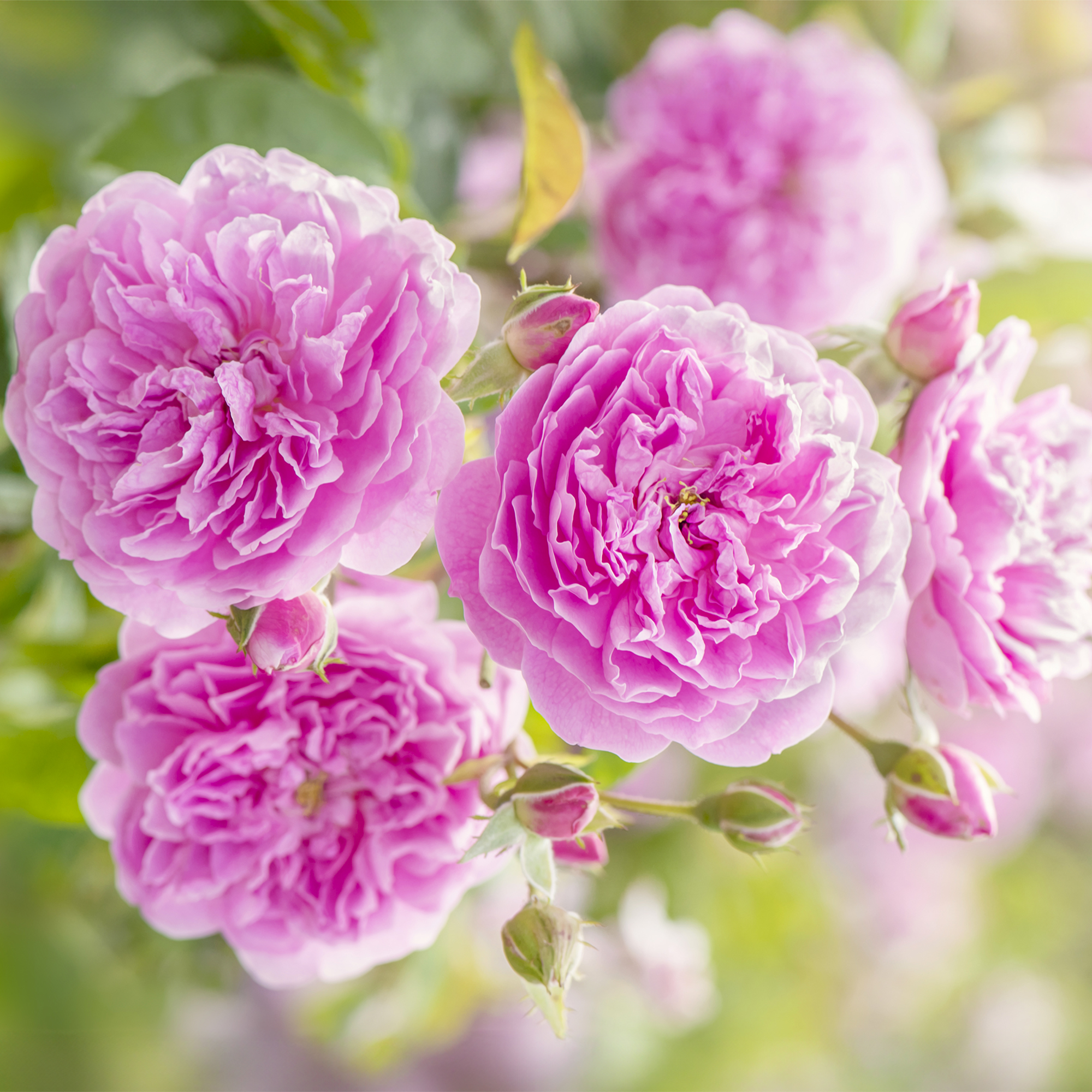 How Much Sun Do Roses Need To Grow? Understanding Rose Light Requirements
How Much Sun Do Roses Need To Grow? Understanding Rose Light RequirementsDiscover how much sunlight your roses really need to grow strong, bloom beautifully, and stay healthy all season long.
-
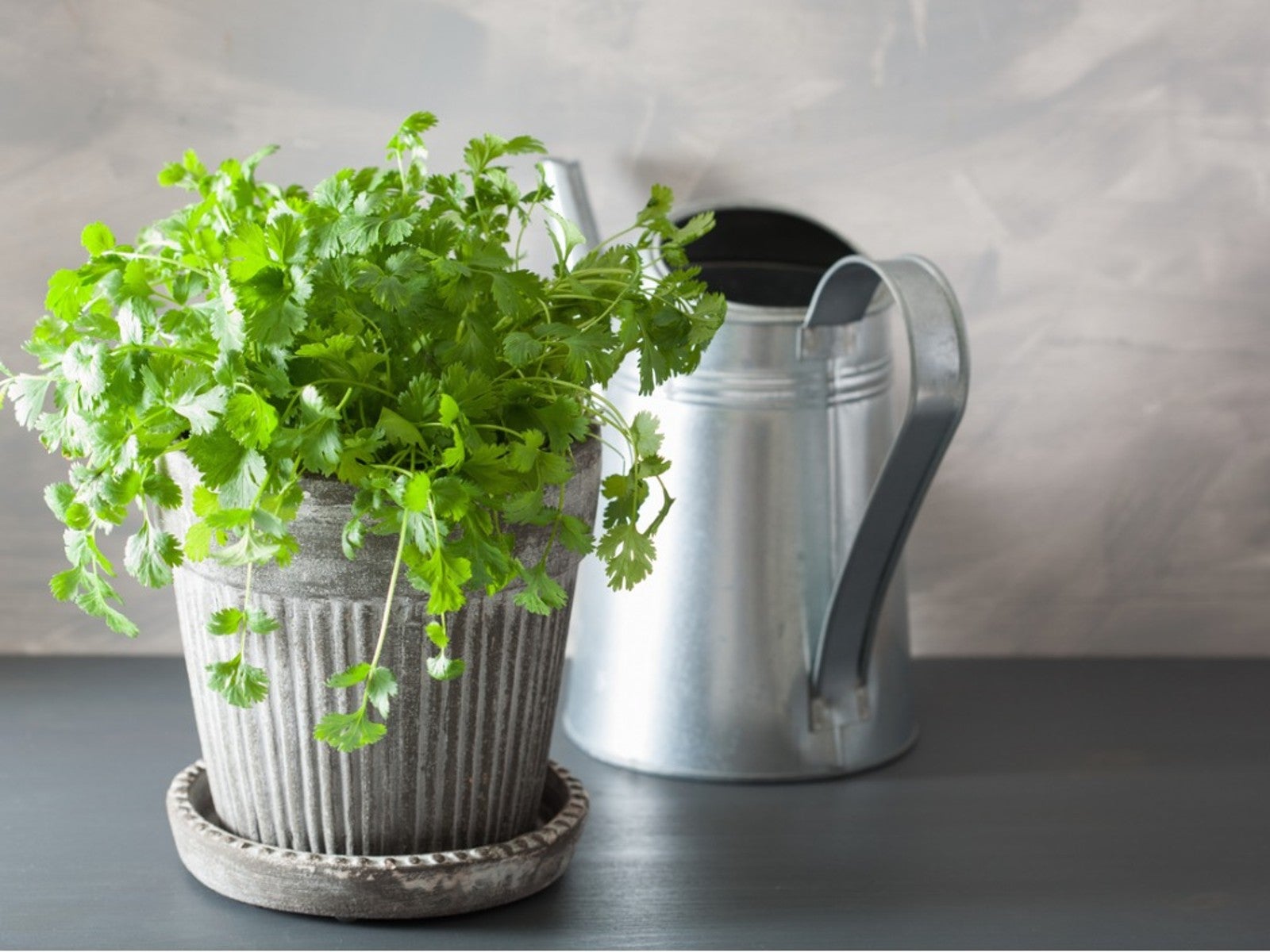 Propagate Cilantro: How To Grow Cilantro From Cuttings And Seed
Propagate Cilantro: How To Grow Cilantro From Cuttings And SeedIf you know how to propagate cilantro, you can keep this tasty herb going throughout the season and beyond. Click here for info on propagating cilantro.
-
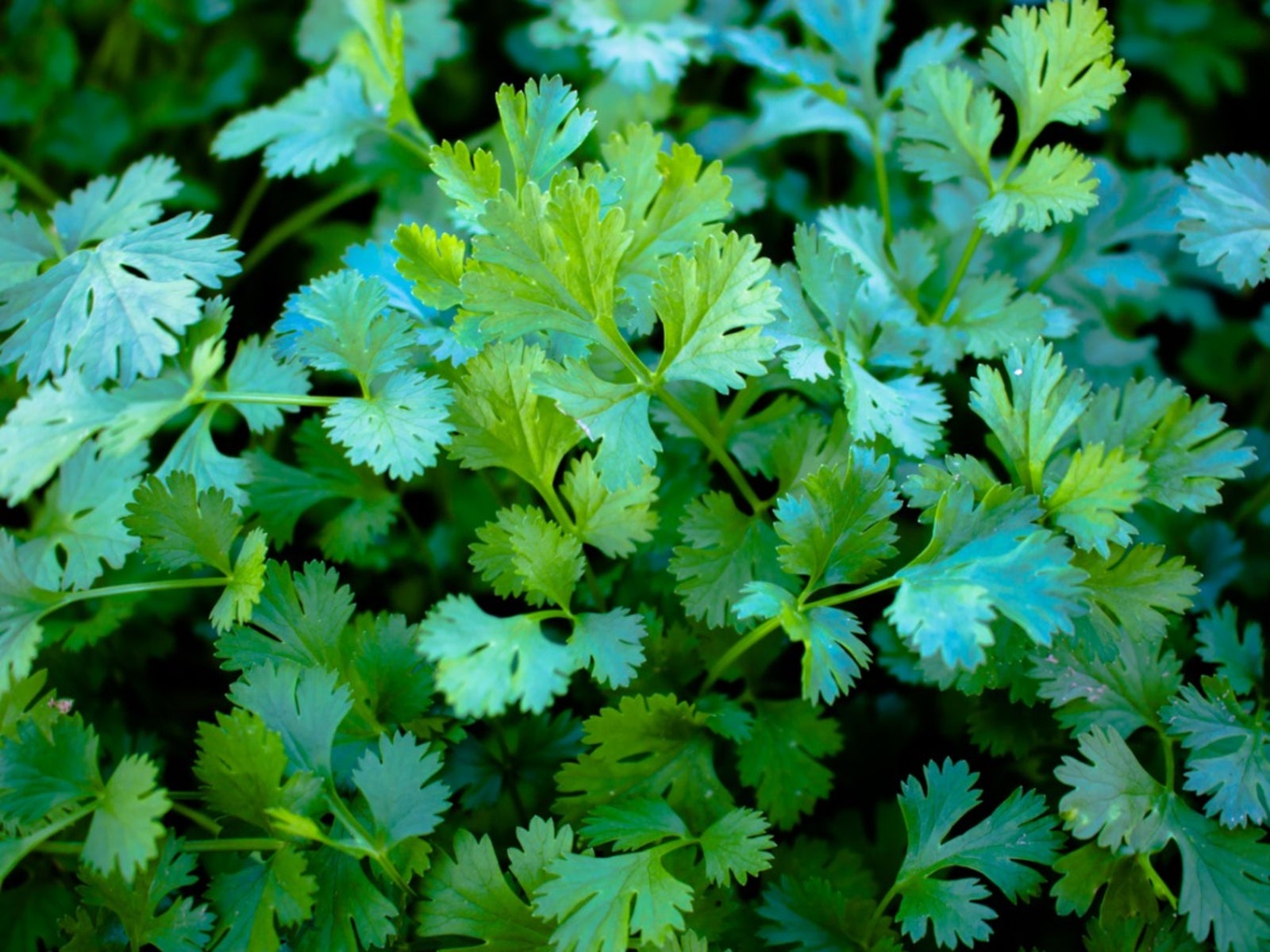 Cilantro Has White Coating On Leaves: Managing Cilantro With Powdery Mildew
Cilantro Has White Coating On Leaves: Managing Cilantro With Powdery MildewPeriods of high humidity, overhead watering and overcrowded plants are likely to lead to powdery mildew on cilantro and many other plants. Learn what to do to control and, if possible, prevent the disease. This article will help get you started.
-
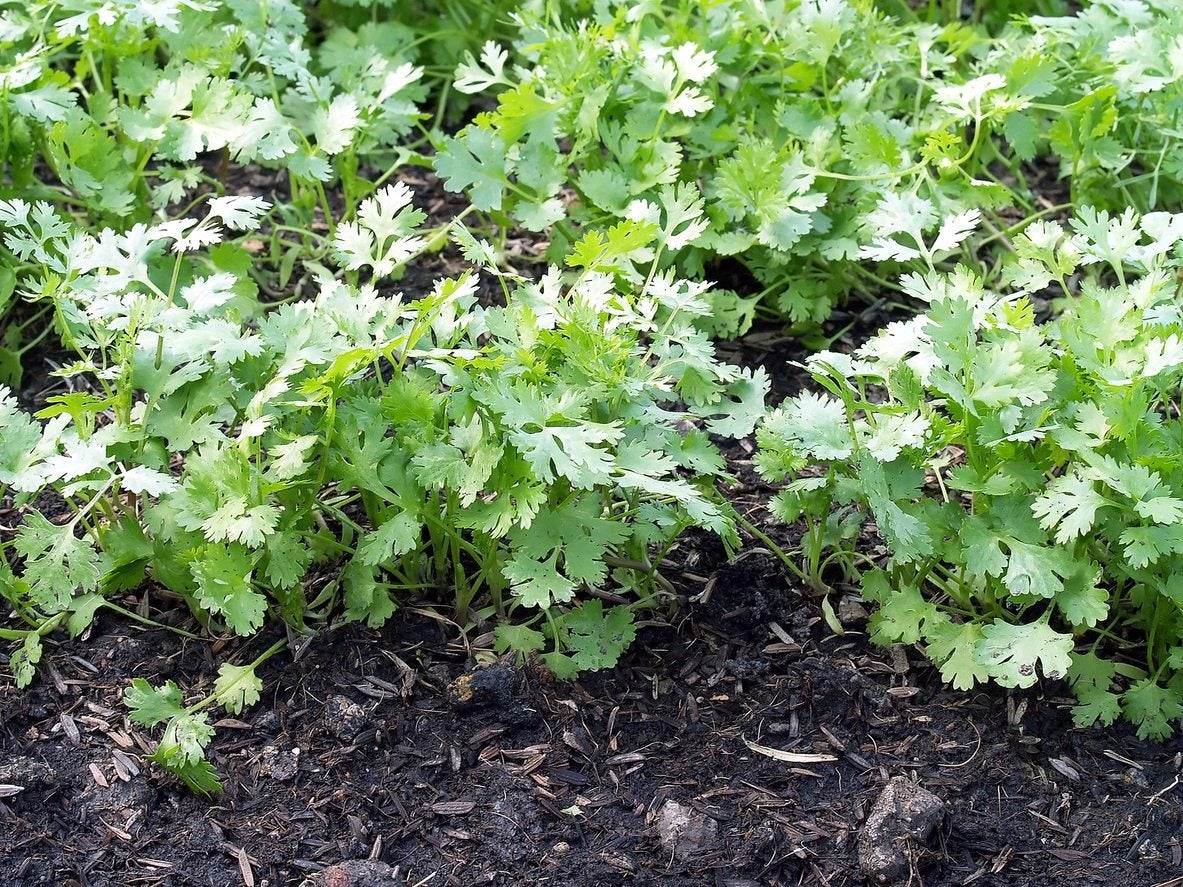 Cilantro Leaf Spot Control: Tips For Managing Cilantro With Leaf Spots
Cilantro Leaf Spot Control: Tips For Managing Cilantro With Leaf SpotsHelp, my cilantro leaves have spots! What is cilantro leaf spot and how do I get rid of it? Sound familiar? We can help. Click the following article for tips and information on managing leaf spot in cilantro plants.
-
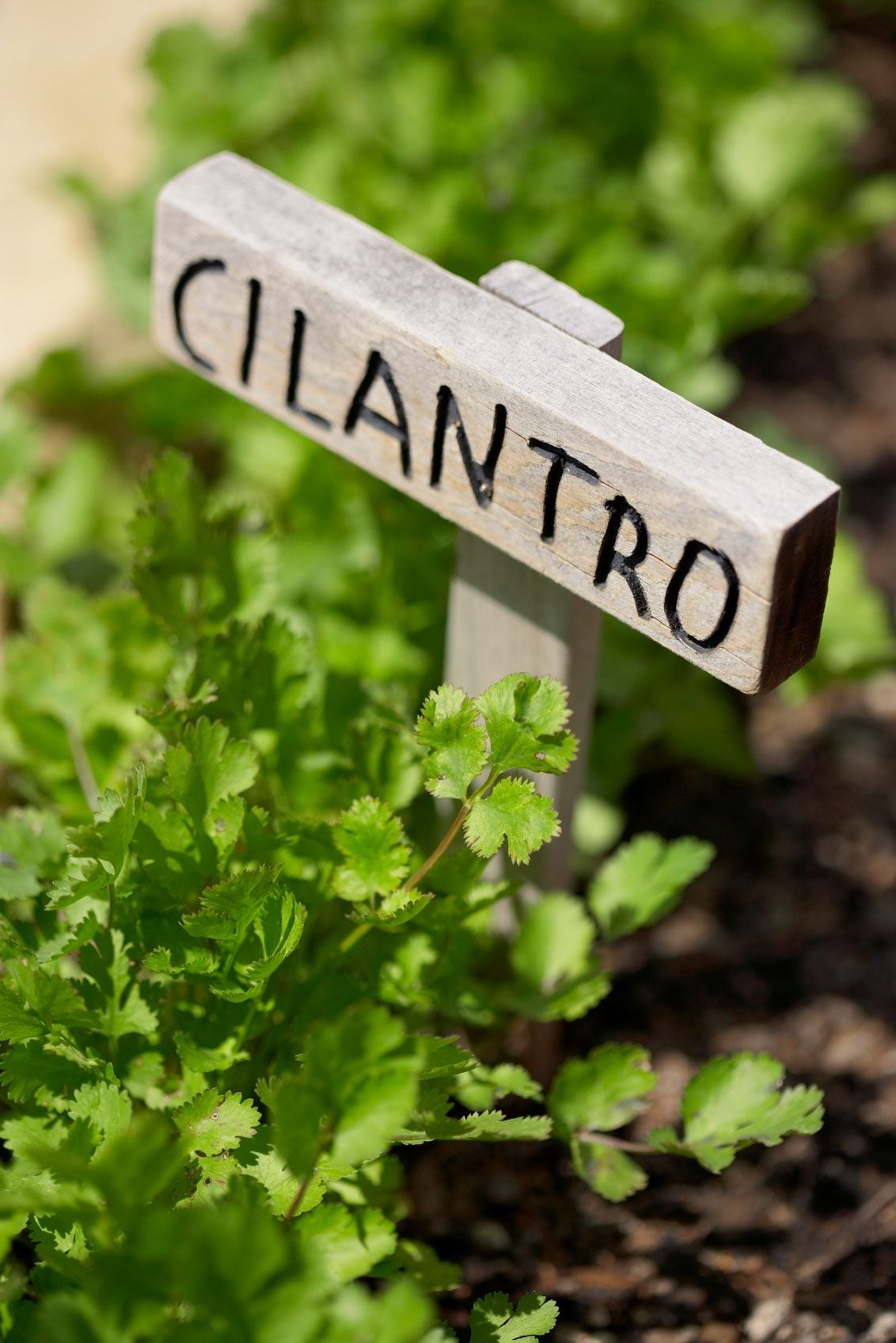 Soapy Tasting Cilantro: Why Cilantro Tastes Soapy
Soapy Tasting Cilantro: Why Cilantro Tastes SoapyYou either love cilantro?s flavor or you hate it - with many people saying that cilantro tastes like soap. So the question is, does your cilantro taste like soap and, if so, what are the reasons why cilantro tastes soapy? Learn the answer here.
-
 Information On Growing Coriander Seeds
Information On Growing Coriander SeedsChances are pretty good that if you have ever grown cilantro you ended up with coriander seeds at some point. Coriander is the fruit or seed from the cilantro plant. Click here to learn more.
-
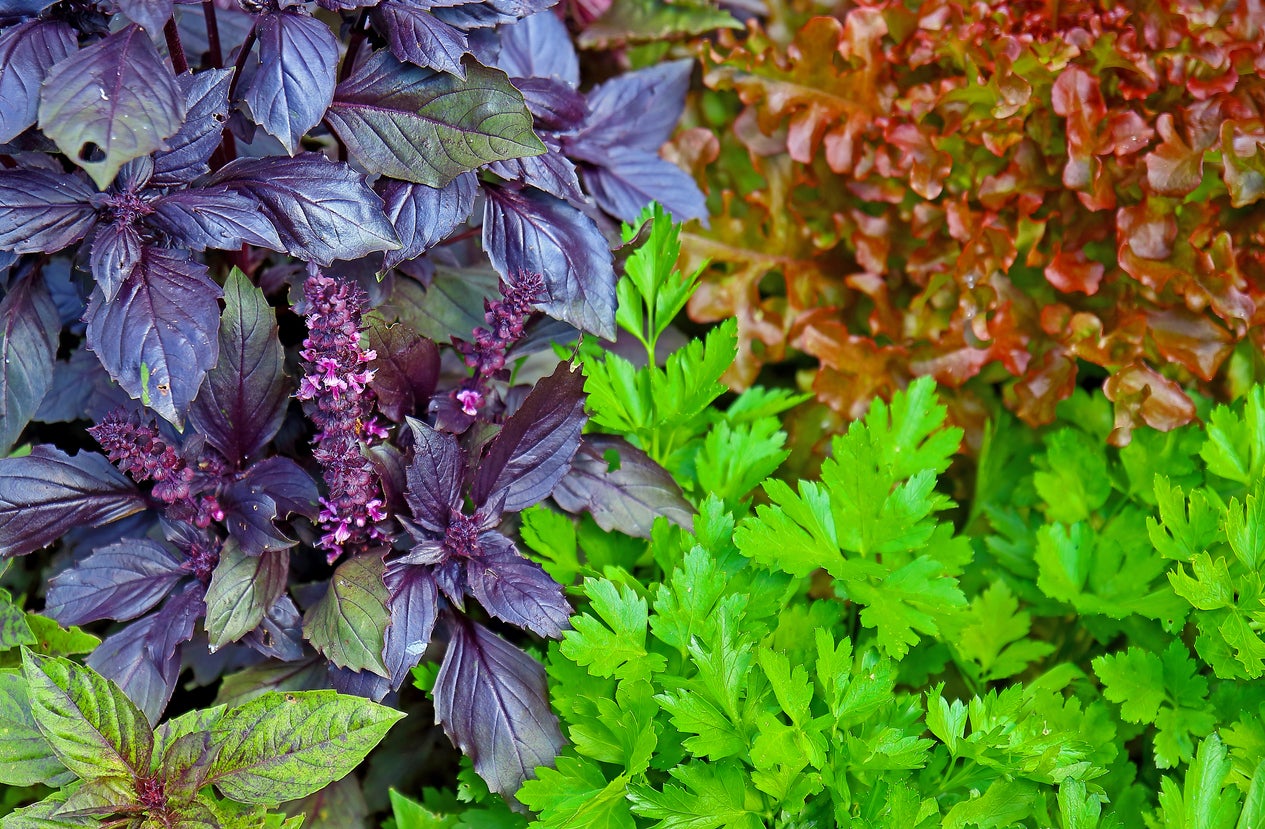 Companion Planting With Cilantro - What Is Cilantro A Companion Plant Of?
Companion Planting With Cilantro - What Is Cilantro A Companion Plant Of?You may be familiar with cilantro as a pungent herb that flavors salsa or pico de gallo. Cilantro, as a companion plant in the garden, is an excellent means of attracting beneficial insects. Learn more here.
-
 How To Grow Cilantro Indoors: Complete Care & Growing Guide
How To Grow Cilantro Indoors: Complete Care & Growing GuideLearning how to grow cilantro indoors will keep this delightfully tasty herb at your fingertips in the kitchen.
-
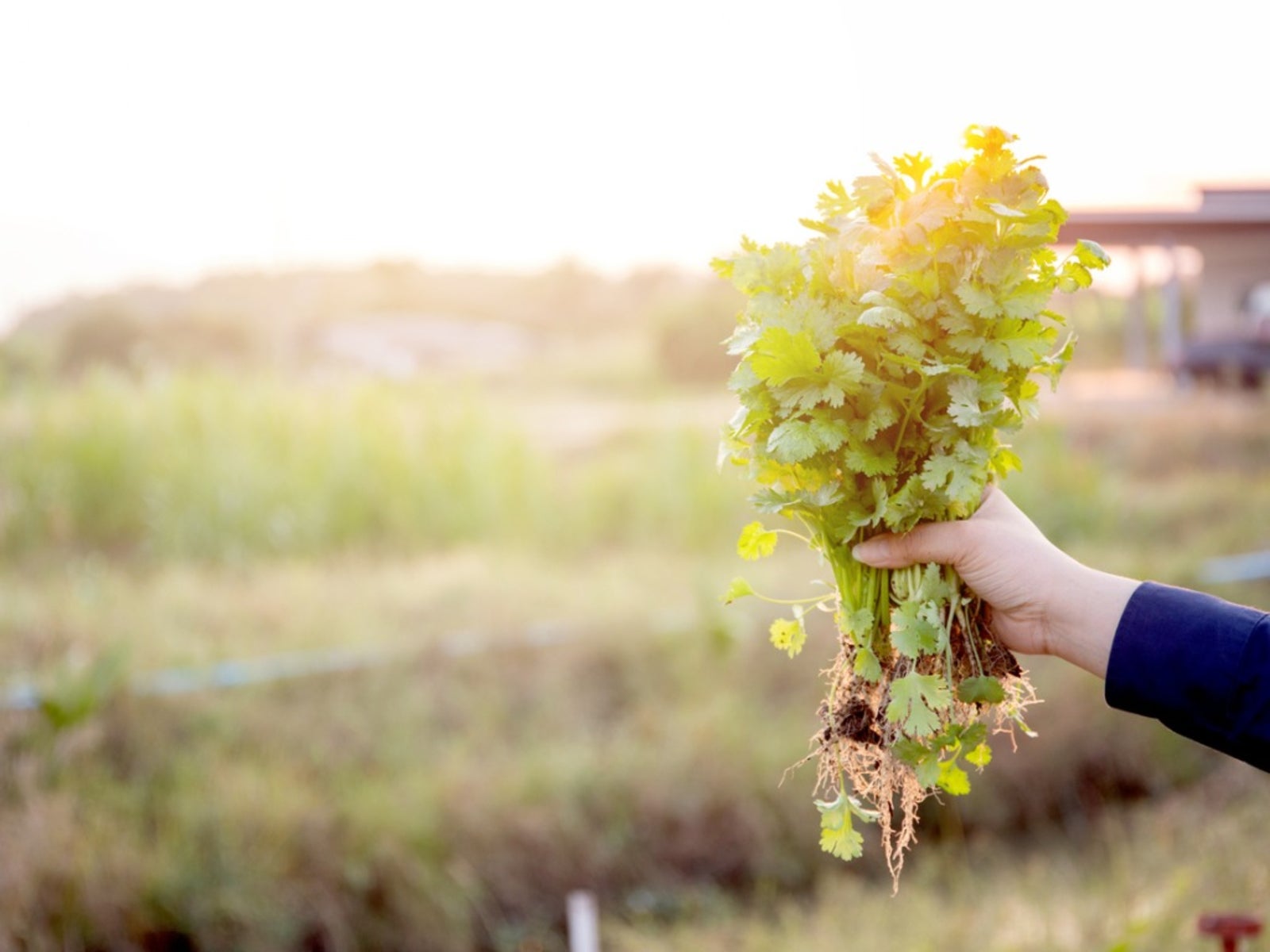 How To Harvest Cilantro
How To Harvest CilantroIf you wish to increase the life span of cilantro, harvesting it regularly will help greatly. When it comes to cilantro, harvesting is relatively easy. Read this article to learn about cilantro harvesting.